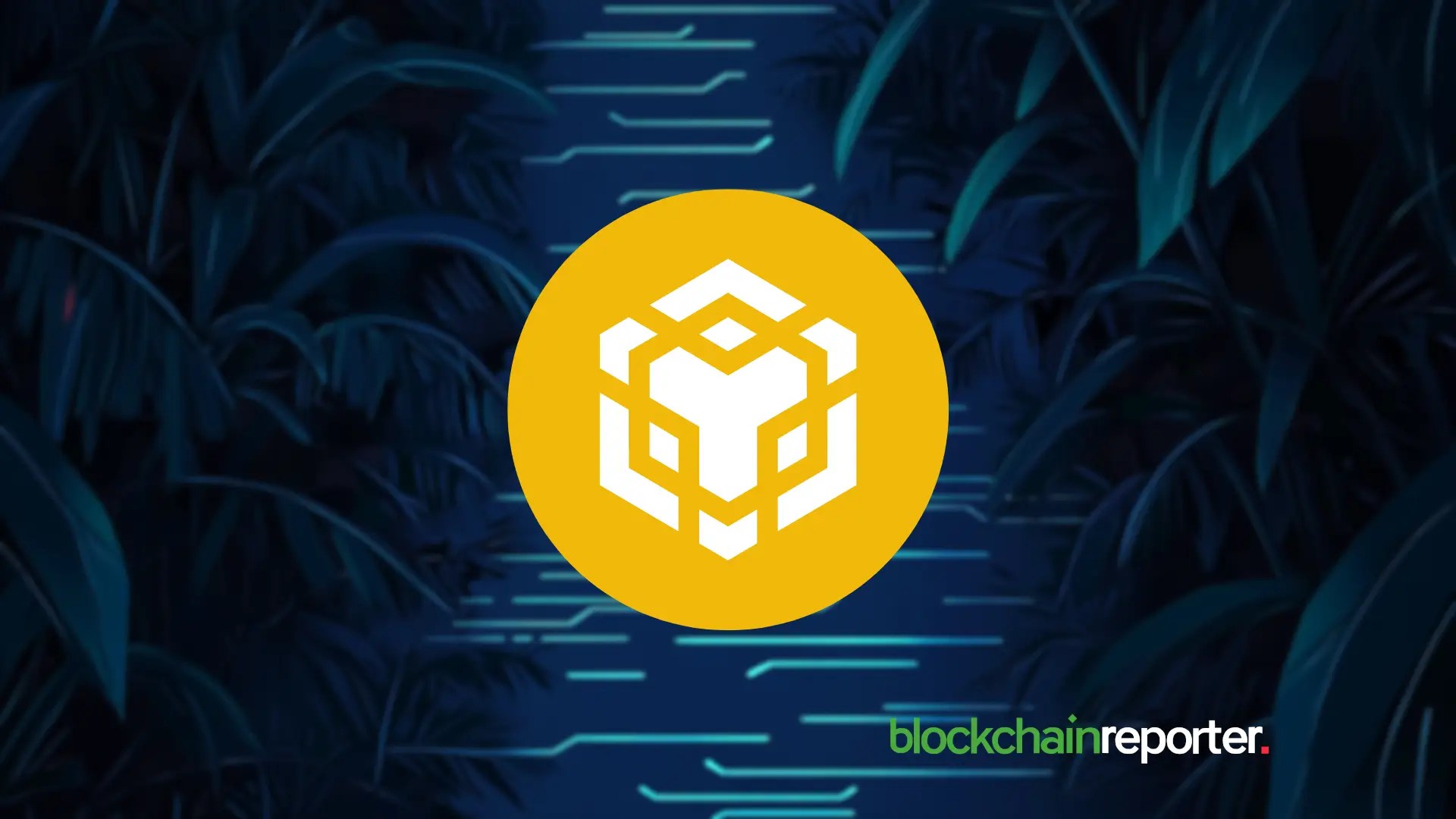Interview with Michael Heinrich, Founder and CEO of 0G Labs on Testnet V3, Galileo
The post Interview with Michael Heinrich, Founder and CEO of 0G Labs on Testnet V3, Galileo appeared on BitcoinEthereumNews.com. 0G Labs, the Layer 1 blockchain for AI, has launched V3 of its testnet. The new Galileo testnet introduces a host of improvements over its predecessor, including a 70% boost in network speed. The V3 testnet moves 0G closer to its mainnet launch, which will form a decentralized AI operating system for an array of data-intensive applications. Galileo gives dapp developers a clear idea of the sort of scalability and performance they can look forward to, including throughput of up to 2,500 TPS. We spoke with Funder and CEO of 0G Labs, Michael Heinrich, to better understand Galileo. Galileo notably boasts a 70% performance boost, achieving up to 2,500 TPS with an optimized CometBFT consensus. Can you elaborate on the specific technical enhancements made to achieve this throughput increase compared to V2? We learned a lot during the course of running Newton, our V2 testnet. The unprecedented demand from users to access Newton took us by surprise, but proved to be a blessing in disguise since it allowed us to identify chokepoints and develop solutions to overcome these. These findings have been incorporated into Galileo, which is better engineered to prevent mempool congestion and has greater bandwidth to avoid maxing out resources during peak times. With Galileo, we’ve rebuilt our testnet from the ground up, incorporating the latest EVM standards and enhancing the consensus efficiency with BLS signature to deliver a sleeker, more modular, and altogether more scalable network that can handle anything that’s flung at it. So far, all the benchmarks point to Galileo being streets ahead of its predecessor: from inference workloads to modular memory systems, it’s effortlessly handling it all, aided by more RPCs and compute to cope with high demand. The V2 testnet saw impressive traction with 2.5 million unique wallets and 350 million transactions. How…

The post Interview with Michael Heinrich, Founder and CEO of 0G Labs on Testnet V3, Galileo appeared on BitcoinEthereumNews.com.
0G Labs, the Layer 1 blockchain for AI, has launched V3 of its testnet. The new Galileo testnet introduces a host of improvements over its predecessor, including a 70% boost in network speed. The V3 testnet moves 0G closer to its mainnet launch, which will form a decentralized AI operating system for an array of data-intensive applications. Galileo gives dapp developers a clear idea of the sort of scalability and performance they can look forward to, including throughput of up to 2,500 TPS. We spoke with Funder and CEO of 0G Labs, Michael Heinrich, to better understand Galileo. Galileo notably boasts a 70% performance boost, achieving up to 2,500 TPS with an optimized CometBFT consensus. Can you elaborate on the specific technical enhancements made to achieve this throughput increase compared to V2? We learned a lot during the course of running Newton, our V2 testnet. The unprecedented demand from users to access Newton took us by surprise, but proved to be a blessing in disguise since it allowed us to identify chokepoints and develop solutions to overcome these. These findings have been incorporated into Galileo, which is better engineered to prevent mempool congestion and has greater bandwidth to avoid maxing out resources during peak times. With Galileo, we’ve rebuilt our testnet from the ground up, incorporating the latest EVM standards and enhancing the consensus efficiency with BLS signature to deliver a sleeker, more modular, and altogether more scalable network that can handle anything that’s flung at it. So far, all the benchmarks point to Galileo being streets ahead of its predecessor: from inference workloads to modular memory systems, it’s effortlessly handling it all, aided by more RPCs and compute to cope with high demand. The V2 testnet saw impressive traction with 2.5 million unique wallets and 350 million transactions. How…
What's Your Reaction?




































